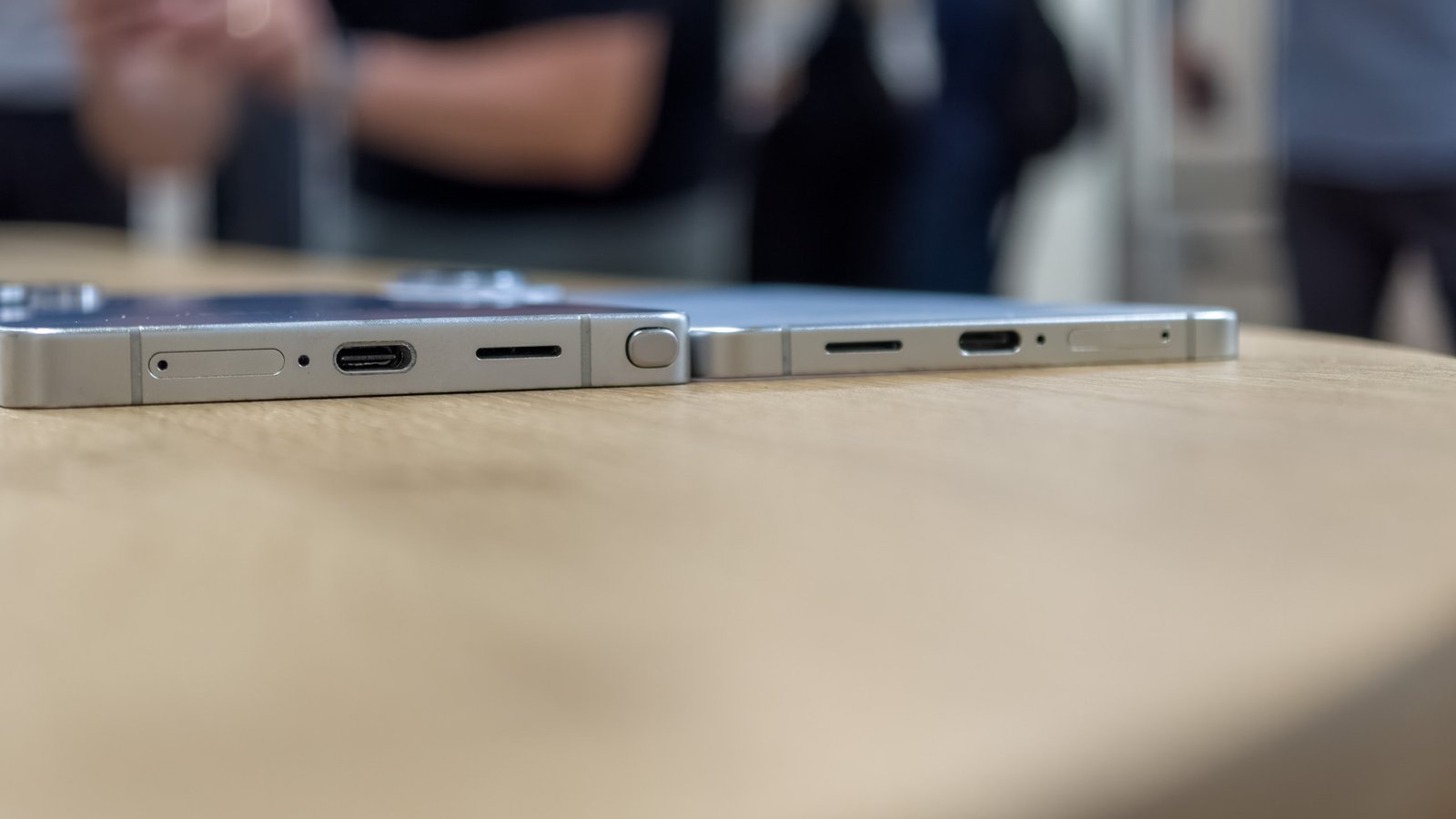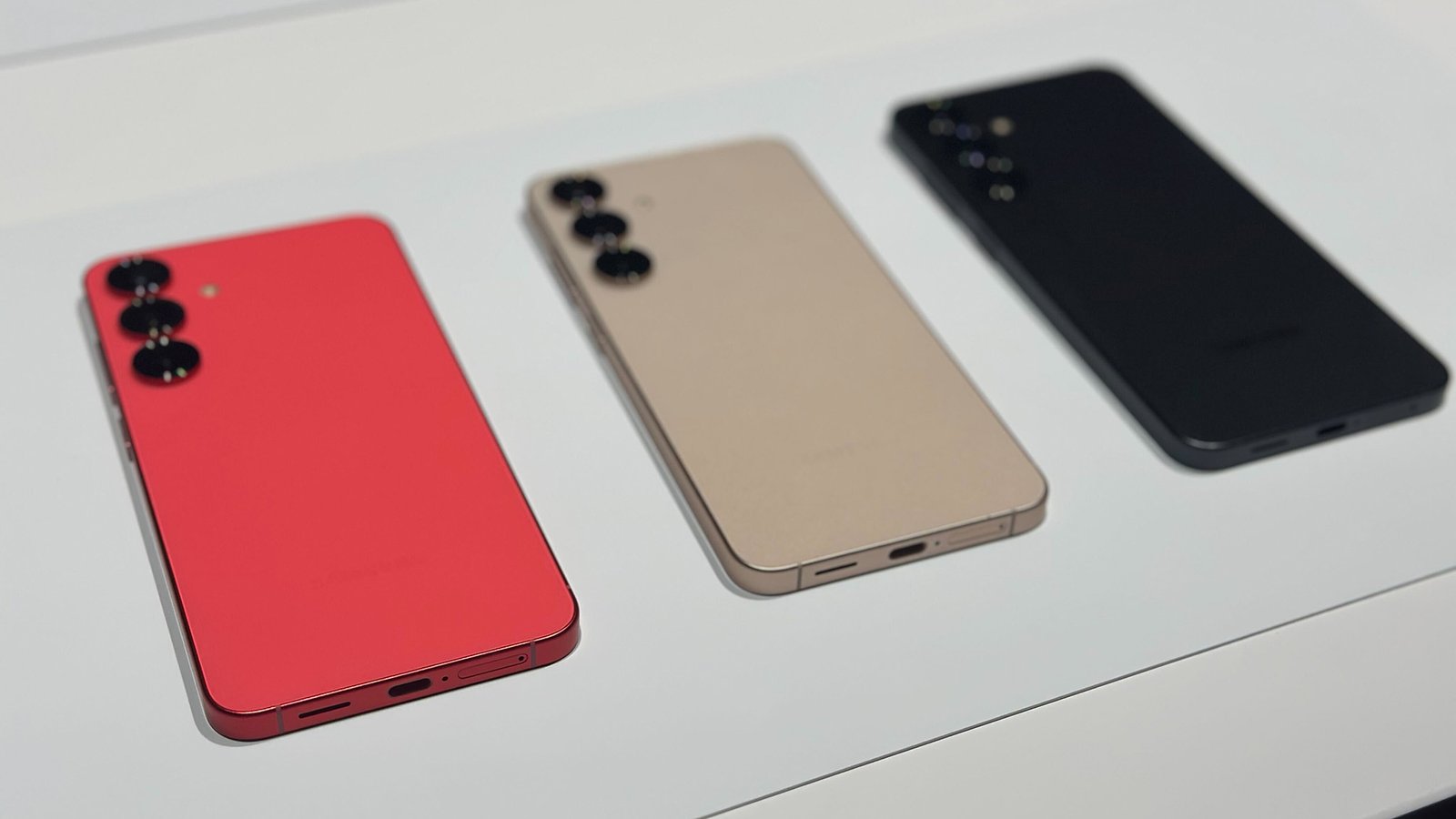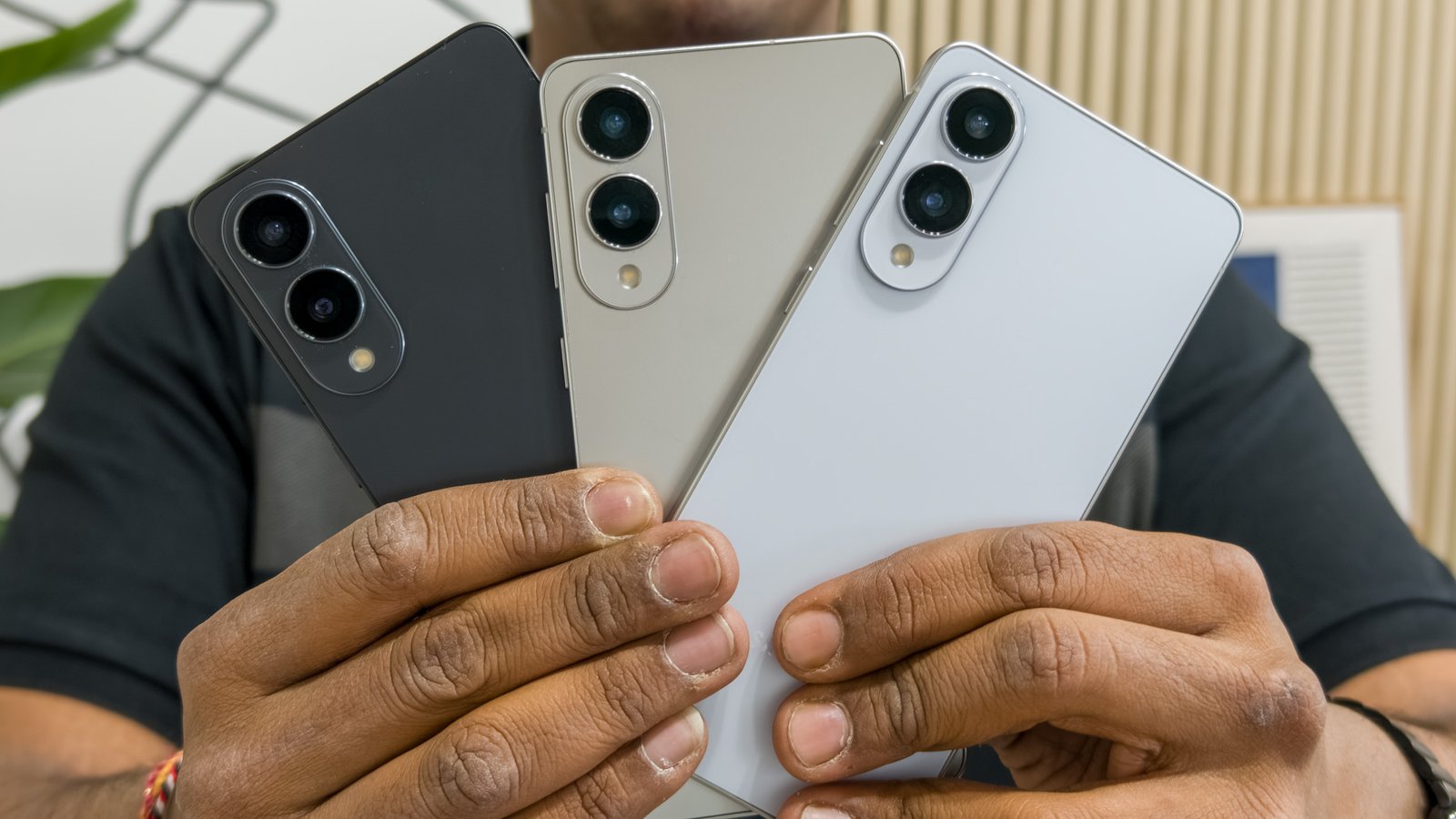The Samsung Galaxy S25 Edge has just been released, with speculation suggesting it might take the place of the Plus model in Samsung’s upcoming flagship series. A report from The Elec indicates that Samsung is contemplating introducing the S26 Edge in lieu of the Galaxy S26 Plus.
This aligns with claims in the report citing a decline in sales for Plus models over recent years. The trend is expected to persist with the Galaxy S25 series, as Samsung is forecasted to ship only 6.7 million units of the Plus variant.
It’s noteworthy that the Galaxy S24 Plus achieved approximately 6.77 million sales within its first 11 months after launch, a figure similar to what is anticipated for the Samsung Galaxy S25 Plus. However, by the end of 2024, the sales for the Plus model increased by 54% compared to its predecessor, reaching around 7.4 million units.
Despite this late and steady rise in sales for the Plus variant, its performance has been relatively modest compared to the standard and Ultra models, which recorded sales of 13.6 million and 17.4 million units, respectively.
Trading ‘Plus’ for ‘Edge’

Though this remains speculation, it’s worth noting that Jitesh Ubrani, research manager at IDC’s Worldwide Mobile Device Trackers, believes that replacing the Plus variant could work in Samsung’s favor.
“The Edge variant could serve as a suitable alternative to the Plus, potentially nudging Plus consumers to upgrade to the Ultra instead,” he remarks.
However, the new Samsung Galaxy S25 Edge faces a significant downside — it appears to have sacrificed battery life (3,900 mAh) for a sleeker design, which may not sit well with many users.

For consumers, battery life is a crucial factor when investing in a smartphone, reducing the frequency of charging. A recent report from Payless Power highlights that 59% of Americans believe Android phones outperform iPhones in battery performance, with 22% willing to switch brands for enhanced battery life.
Given this, it seems improbable that users would opt for a premium device featuring a substantial 4,900 mAh battery over one that appears to compromise on battery capacity. Though Samsung claims the Galaxy S25 Edge can last an entire day with regular usage, this largely depends on individual usage habits.
As noted by 9to5Google, initial reactions to the Galaxy S25 Edge have primarily centered around concerns regarding the necessity of the device, especially in light of its small battery compared to other flagships in Samsung’s portfolio.
Galaxy S25 Edge vs. Galaxy S25 Plus
Traditionally, the Galaxy S-series Plus appeals to those seeking a larger display, emphasizing performance and battery longevity over sleekness. These consumers are typically less concerned about the high price tag of the Ultra model with its additional features.
Conversely, with the Galaxy S25 Edge, Samsung aims to innovate in design, striving to outpace Apple by offering a slimmer, lighter device that delivers flagship-level performance.
While the Galaxy S25 Edge may lack certain specifications compared to the Plus variant, both share several similarities. They both feature a quality build, the same high-resolution AMOLED 6.7-inch display, the Snapdragon 8 Elite chipset, run the latest One UI 7 built on Android 15, and possess comparable AI features.
Samsung should go beyond just the battery and explore Qualcomm’s advancements in reducing power consumption
Jitesh Ubrani
The slim design of the Galaxy S25 Edge led Samsung to forgo a third telephoto lens, restricting its zoom capabilities and further reducing battery size. Essentially, both models are more similar than those in the rest of the lineup, which could explain Samsung’s potential decision to transition one for the other.
According to Ubrani, if Samsung plans to phase out a mid-tier model, certain enhancements are vital for consumer acceptance. He believes that addressing battery limitations should be a top priority and suggests that Samsung delve into “Qualcomm’s advancements in reducing power consumption” to make significant strides.
Ubrani further proposes that maintaining the partnership with Qualcomm, as seen in the Galaxy S25 series, may be “the key to enhancing battery longevity” for a more streamlined device.
Will the Edge be able to keep up with the Plus?

Only time will reveal the outcome.
While the Plus variant has enjoyed a loyal fanbase since its inception, it’s uncertain if this new Edge variant will resonate with the broader audience.
For the time being, The Elec reports that “NPA (the alleged codename for the Galaxy S26 lineup) is initially designed with standard, Edge, and Ultra models in focus, but could revert to Plus if the Galaxy S25 Edge does not meet expectations.”
If Samsung resolves to abandon its Plus model due to lagging sales compared to its counterparts, such a decision may be logical in terms of revenue generation. Furthermore, Samsung has maintained a consistent lineup over the years with standard, Plus, and Ultra models. This strategy shift could also indicate a response to changing consumer preferences, potentially refreshing the brand’s approach.
Ubrani notes, “If all goes well and the Edge comes at a premium over the Plus, this might boost Samsung’s revenue as users transition to the Edge or Ultra.”
